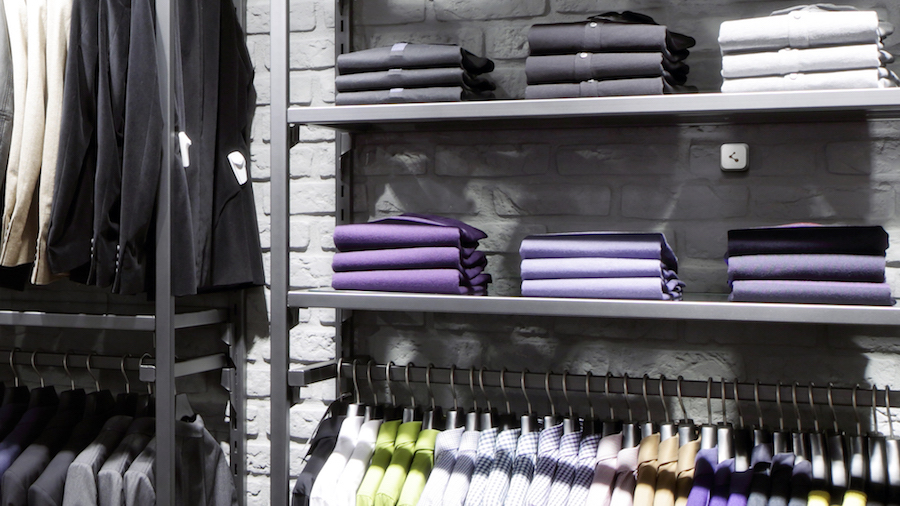A closer look at the Internet of Things 2.0 – and why it’s inevitable
Common standards will be key for the IoT 2.0

Once 46 billion devices, sensors and actuators are connected by 2021 – according to Juniper – we'll be well on the way to a bigger, more powerful and much more settled Internet of Things (IoT). So what will an IoT 2.0 look like?
Interoperability and open ecosystems
One of the key characteristics of the IoT 2.0 will be common standards. The IoT umbrella is vast, and the many industries it covers – from factories and automotive through to building automation and networking – each have their own protocols, interfaces and hardware.
“The real paradigm shift in IoT has been the availability of development boards at a fraction of the cost of old proprietary solutions,” says Thibaut Rouffineau, Head of Devices Marketing, IoT, Phone, PC at Canonical. He thinks that in the light of falling hardware and development costs, many companies are re-evaluating their tech choices. “They’re moving away from proprietary non-interoperable solutions and towards more open ecosystems and software.”
Happily, we’re now on the cusp of common industry standards.

Contextual commerce
For retailers and e-commerce, the IoT is already massive – and growing fast.
“IoT-enabled commerce already exists, but we can expect to see an increase in connected devices using machine learning to predict what users want by analysing historical and current data,” says Jim Bailey, senior managing director at Accenture Mobility.
He thinks that autonomous ordering is also a possibility. “If rules have been set, they might even autonomously order and pay for replacement parts or replenishment of groceries, without the need for any human intervention whatsoever,” he says.
Sign up to the TechRadar Pro newsletter to get all the top news, opinion, features and guidance your business needs to succeed!
Cognitive-first apps
The IoT will have to change drastically just to cope with the sheer number of devices around. “IoT 2.0 will be defined by the immense number of IoT devices, sensors and actuators, deployed in very diverse environments,” says Dmitri Tcherevik, Chief Technology Officer at Progress. He think that IoT platform architecture will need to evolve from the current hub-and-spoke model towards a more distributed peer-to-peer model.
“The devices will also have to be given greater autonomy, which will inevitably lead to greater cognitive, adaptive, and predictive capabilities both at the individual device level and at the IoT platform level,” he says.
The result is likely to be machine learning algorithms, more fog/edge computing, and new APIs. “This will give rise to a new class of cognitive applications that will put the power of IoT in the hands of the end users,” says Tcherevik. These cognitive-first apps will teach machines to automate data and improve the accuracy of failure predictions for IoT-connected equipment.

Explosion in low-cost IoT devices
Hardware is getting cheaper, and compute is getting more powerful. “At the point where anyone can put a £1/$1 supercomputer-on-a-chip into their IoT device, which may only be a few years away, development of custom hardware will seem like a moot point,” says Rouffineau. At that point, why should IoT device manufacturers develop their own semiconductors when all the features they need can be software-defined?

Others are working on reducing the size and cost of Bluetooth chips so drastically that connectivity, too, becomes software-defined. Currently the most expensive part of Bluetooth Smart chips at the heart of every connected IoT device is the radio, but Cambridge Consultants’ Pizzicato all-digital radio tech slashes the size by 90%.
“We will kick-start the IoT by being the first in the world to create a fully digital radio transmitter,” claims Rob Milner, head of smart systems at Cambridge Consultants, predicting that Moore’s Law means that sensor-packed ‘smart dust’ could even be produced as paint on airplanes, or sprayed onto mountains to act as an early-warning system for avalanches. That's pure IoT 2.0.
Jamie is a freelance tech, travel and space journalist based in the UK. He’s been writing regularly for Techradar since it was launched in 2008 and also writes regularly for Forbes, The Telegraph, the South China Morning Post, Sky & Telescope and the Sky At Night magazine as well as other Future titles T3, Digital Camera World, All About Space and Space.com. He also edits two of his own websites, TravGear.com and WhenIsTheNextEclipse.com that reflect his obsession with travel gear and solar eclipse travel. He is the author of A Stargazing Program For Beginners (Springer, 2015),
